Karl Bryullov – Album
Russian Romantic School Painter
Right-click and choose “Save Link As” to save this Album.
Download Album »
Review by Vladimir London
Karl Bryullov was born on 12 December 1799, in St. Petersburg, Russia. The son of French Huguenots, he was called Charles Bruleau until 1822. Coming from a family of artists going back generations, Bryullov studied fine art at the St. Petersburg Academy of Arts from 1809 to 1821. Although Russian art at this time was based firmly on the principles of Classicism, the rigor of the coursework ensured that artists nevertheless received an excellent education. Bryullov excelled in this environment, particularly in drawing, in which the Academy specialized.
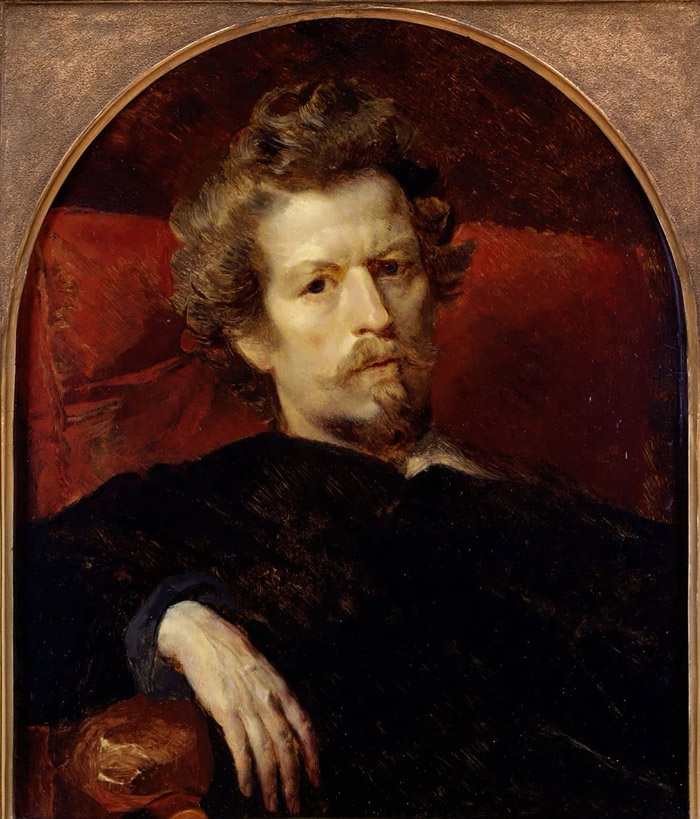
Despite the Academy’s Classical underpinnings, the forces of history (especially the French Revolution and the Napoleonic Wars) were reshaping the tastes of both Western Europe and Russia. Romanticism was on the ascent, and its traces can be seen even in Bryullov’s early painting, Narcissus. The painting is thoroughly Classicist, depicting the titular Narcissus admiring his reflection in a pool of water as a winged Cupid looks back. Yet Bryullov was inspired by nature while painting, a Romantic trait.
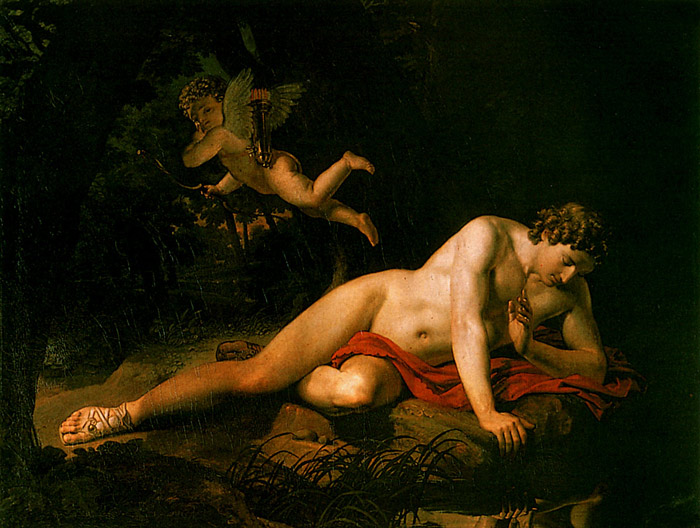
This was only an early trend. The painting with which he graduated the Academy, Three Angels Appear to Abraham by the Oaks of Mamre, is an entirely Classicist piece. It was only after graduation, while he worked as an independent artist in Russia, that his Romantic tendencies fully bloomed. He devoted himself to portraiture, a genre considered base by Classicist ideas, but which embodied the Romantic celebration of the human form. Yet it was Three Angels that won him notable success – a gold medal and a three-year scholarship to study in Western Europe. The trip would last fifteen years.
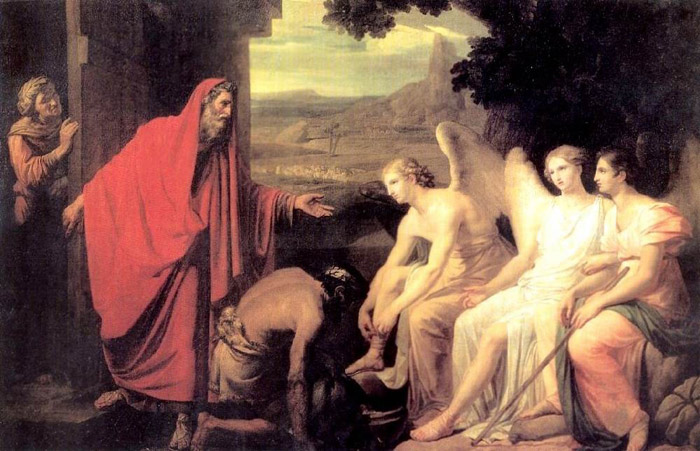
Beginning in 1822, he travelled Western Europe with his brother and fellow artist, Aleksandr. On his travels, Bryullov wrote many letters expressing his contempt for the non-Academic styles of art that he encountered, but the city of Rome, its people, and its culture utterly charmed him. He created a variety of works inspired by his new scenery: copies of Raphael’s murals, idealized and quite un-Academic paintings women symbolizing the times of day, and studies of daily life. Of the latter, the most important was Italian Midday, which highlighted Bryullov’s talents with its natural forms and realistic lighting.

As part of his scholarship, Bryullov was required to paint a large-scale historical work. While touring the town of Pompeii, perfectly preserved under ash after the devastating eruption of Mt. Vesuvius, he found his inspiration. Gaining financial support from a Russian art collector and working for three years (1830-3), Bryullov dedicated himself to creating The Last Day of Pompeii. After extensive researched of archaeological and historical sources of the eruption, and finally chose a site in the ruins and began to paint.
Depicting the Romantic theme of the collapse of civilization, The Last Day of Pompeii dramatizes the eruption of Vesuvius as it happens. Human figures in the foreground huddle in terrified groups, clinging to one another in fear or agony as their world falls apart around them, adopting poses symbolically potent to both religious Russian sentiments and Freemasons, to which group Bryullov belonged. In the background the volcano, just out of sight, spews bright red fire and coal-black soot. The volcano pelts the people with small pieces of ash and rock, tying them into the background hellscape. In between, horses scream and buildings stand enmeshed in red and black. A single, tragic patch of sunlight ekes through the devastation to highlight one of the most potent scenes in the painting: a temple collapsing, its monumental statues tumbling to the ground in the wake of the devastation.
The power of The Last Day of Pompeii had an immediate impact upon Bryullov’s contemporaries. His apprentire, Grigory Gagarin, said, “It can be said that the success of the painting The Last Days of Pompeii is unprecedented in the life of artists.” The painting was displayed throughout the West, and Bryullov found himself given membership in a number of prestigious academies. It even inspired Edward Bulwer-Lytton’s novel The Last Days of Pompeii.

The drama and scale of the painting (183.3 in x 256 in, 465.5 cm × 651 cm) were so original that it earned Bryullov the distinction of being the founder of Russian Romanticism. It highlighted themes and techniques like realism softened with idealism, historical subjects, and emotionality which would feature prominently as Russian Romanticism evolved. It is also believed that the painting was inspired by slightly antecedent works on the same theme and of the same name, particularly a poem by Delphine Gay and an opera by Giovanni Pacini.
Also during his time in Italy, Bryullov engaged in extensive portraiture. He created over 120 portraits in a variety of styles, mostly of Russian aristocrats living in abroad. The most famous is perhaps his Russian Lady of Milan, begun in 1832 and depicting his patron and lover, the Countess Julia Samoilova. It is an unpretentious painting, but was considered somewhat scandalous at the time. Featuring the Countess, her Italian stepdaughter, a black female servant, and a pet dog, at first glance it looks like a typical scene of aristocratic domesticity. Most of the scene is cast in dark, neutral tones, except for the fair skin of mother and daughter, their clothing, and the sky as seen through a balcony window. Yet Samoilova’s garb stands out in the midst of the plain scenery, a beautiful pale blue that highlights the woman and her radiance as the central theme of the piece. The portrait celebrates Bryullov’s love for the Countess as much as or more than it does her own domestic bliss. Even in later years, when Samoilova was destitute and began selling paintings to pay her debts, she never sold her love’s work.
The Last Day of Pompeii was displayed in St. Petersburg in 1834, and the next year Bryullov returned to Russia. After receiving a hero’s welcome (even meeting with Emperor Nicholas I), Bryullov was the toast of the art world. Everyone wanted to study under him, and some would have the chance when he became an instructor at the Academy in 1836. There, he displayed his enormous talent in teaching, taking a hands-on approach to ensure that each of his students was able to thrive. Once, when correcting a student’s work, he made but a tiny change to the composition, saying, “Art begins where the tiny bit begins.”
Despite his Academic success, he was never able to surpass the greatness of The Last Day of Pompeii. His efforts at painting epic historical topics never evolved past the planning stage, and his only grand works were two altarpieces for churches in St. Petersburg. He continued to contribute to the rising tide of Romanticism, however, painting numerous portraits of the most eminent citizens of Russia, including the Emperor and Empress. His paintings were remarkable for the psychological depths they were able plumb alongside their realistic depictions of the subjects.
Unfortunately, Bryullov’s domestic life was not as happy nor as successful as his professional life. While working on St. Isaac’s Cathedral, he suddenly took ill, and on doctors’ advice he recuperated in the Portuguese resort island of Madeira. After a year there and with his health improving, he returned to Rome and stayed with Angelo Tittoni, whose family were capture by Bryullov in portraits and inherited his works after his death, even holding them today. He suffered a stroke on June 23, 1852, and was buried in Rome. His grave bears his portrait bust between the Tiber and Neva rivers, symbols of Italy and Russia and the strong affinity Bryullov held for both places.
Bryullov will forever hold a prominent position in the history of art as the first major name of the Russian Romantic school. In his personal life, friends found his charisma infectious, and he was described as a somewhat short man of delicate but attractive features, as fine as the Apollo of Belvedere, with brilliant eyes. Although later generations would deem his art “academic” for its devotion to classical ideas of realism, his importance and brilliance within the artistic world have never been doubted.

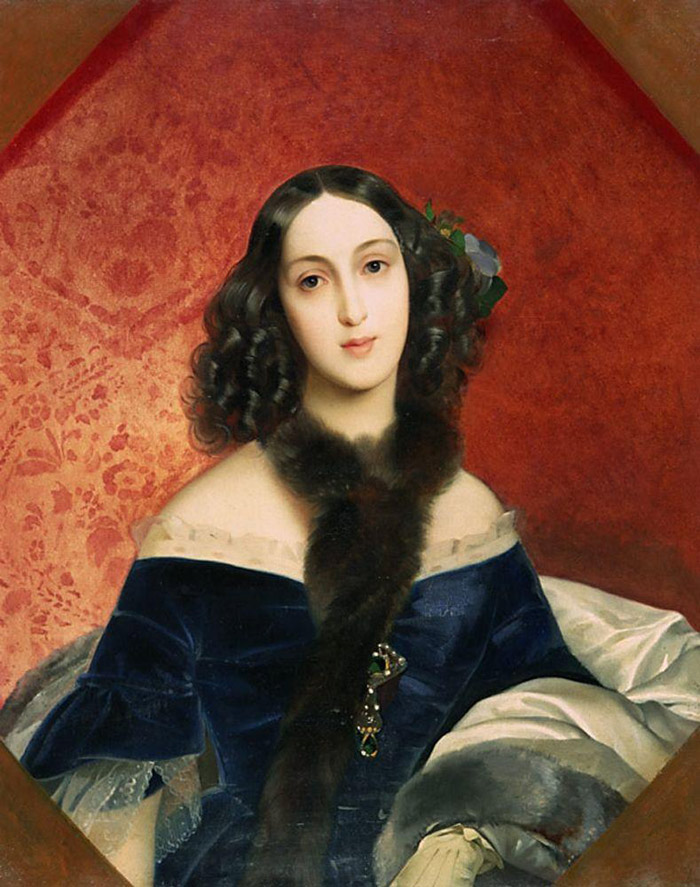
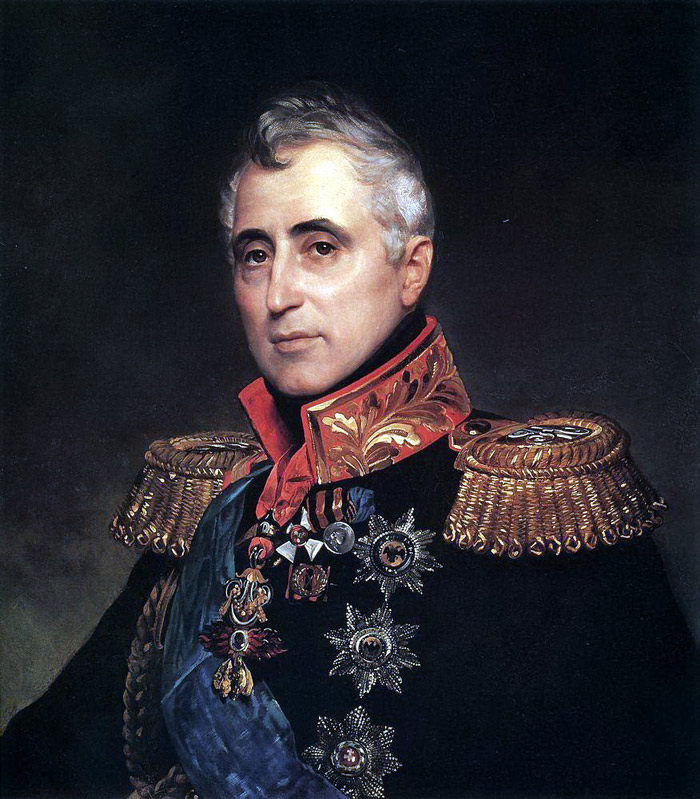
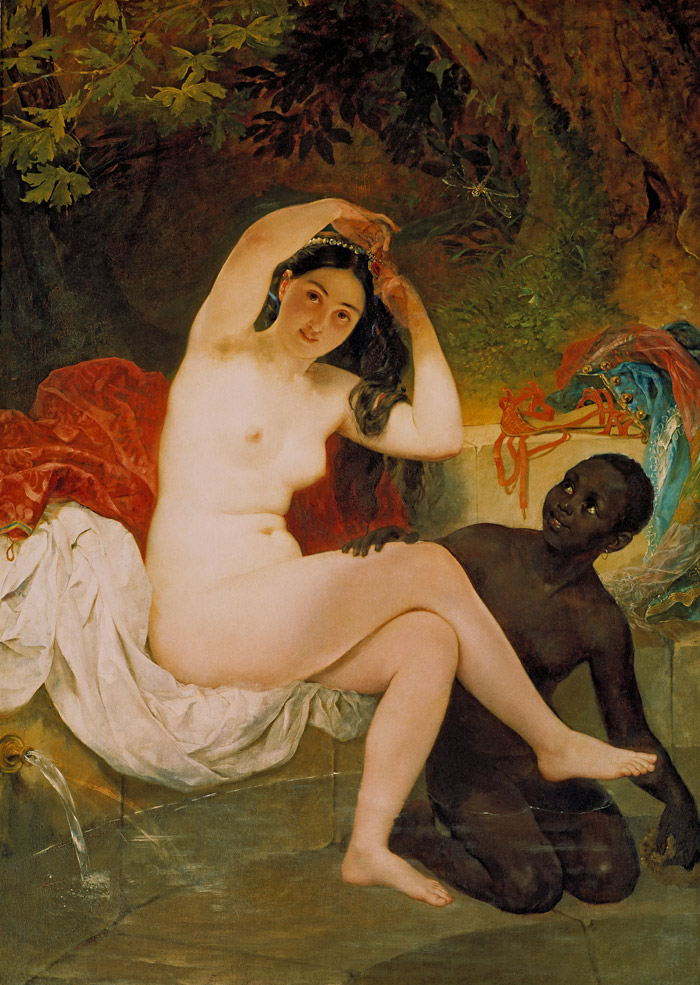
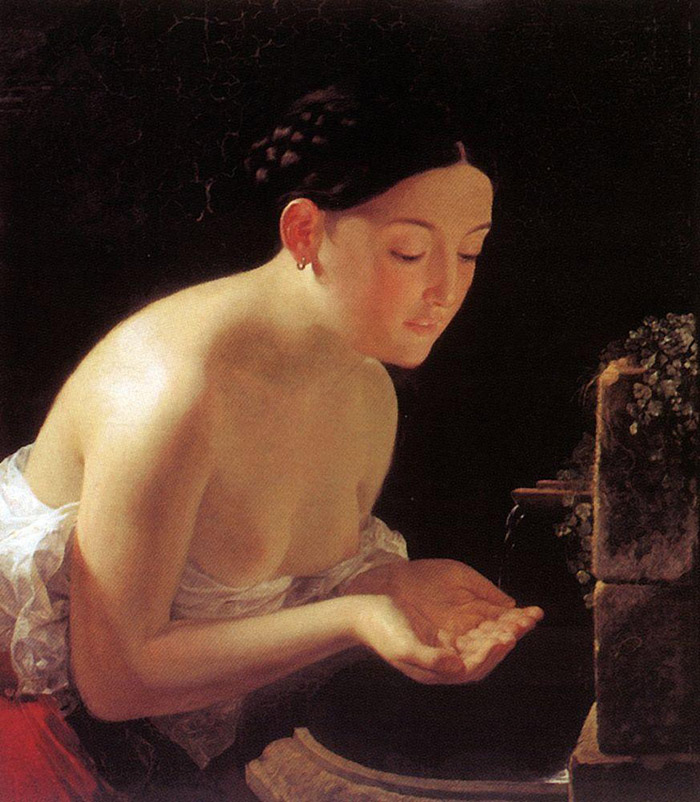


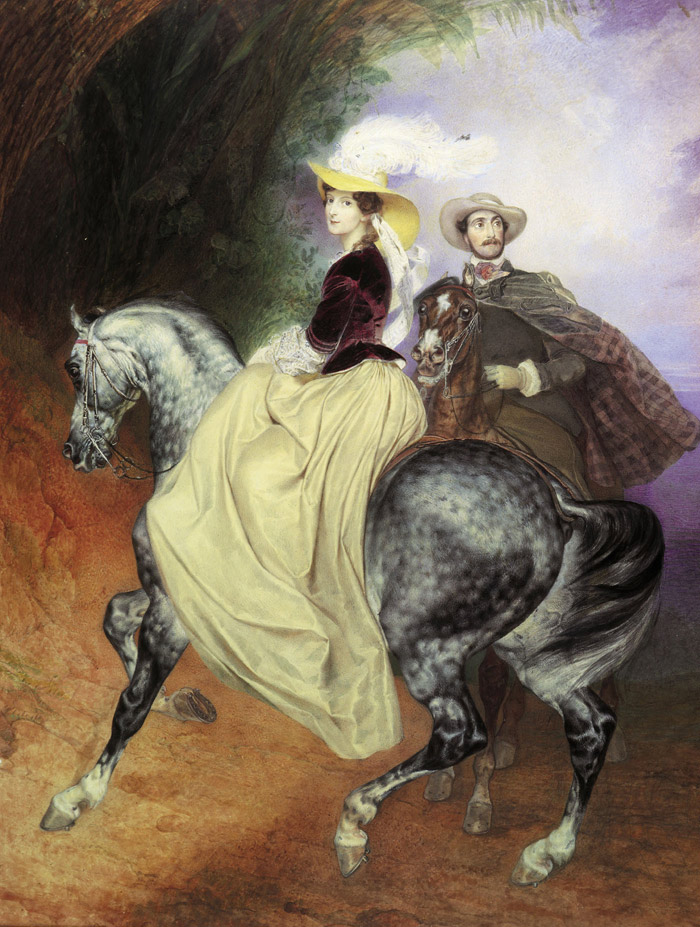


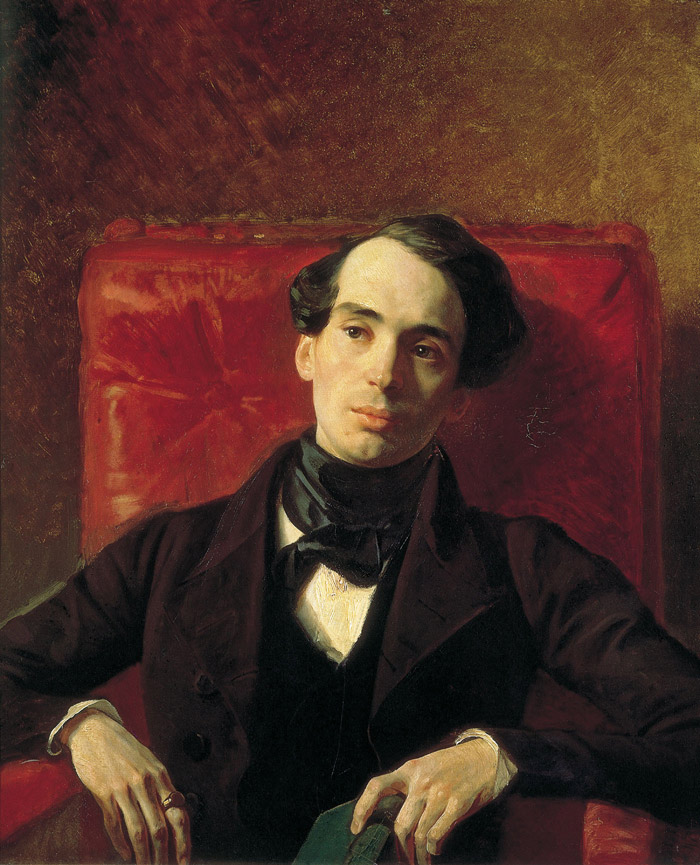

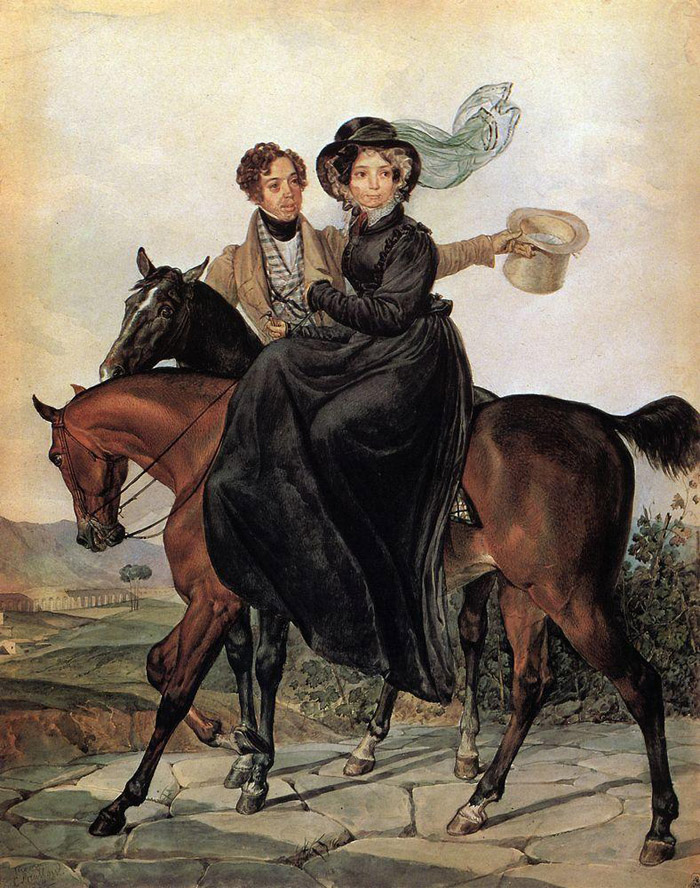
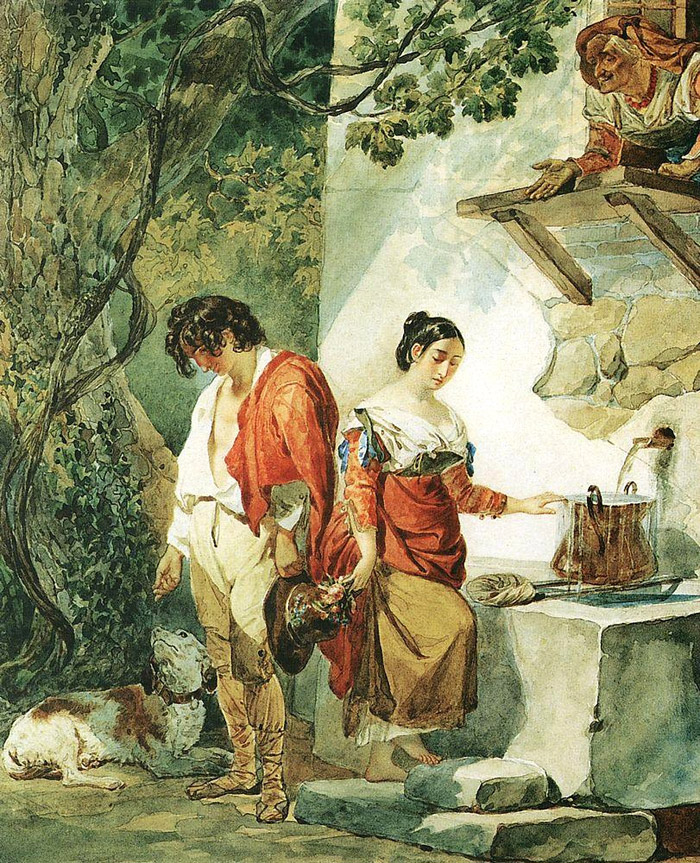

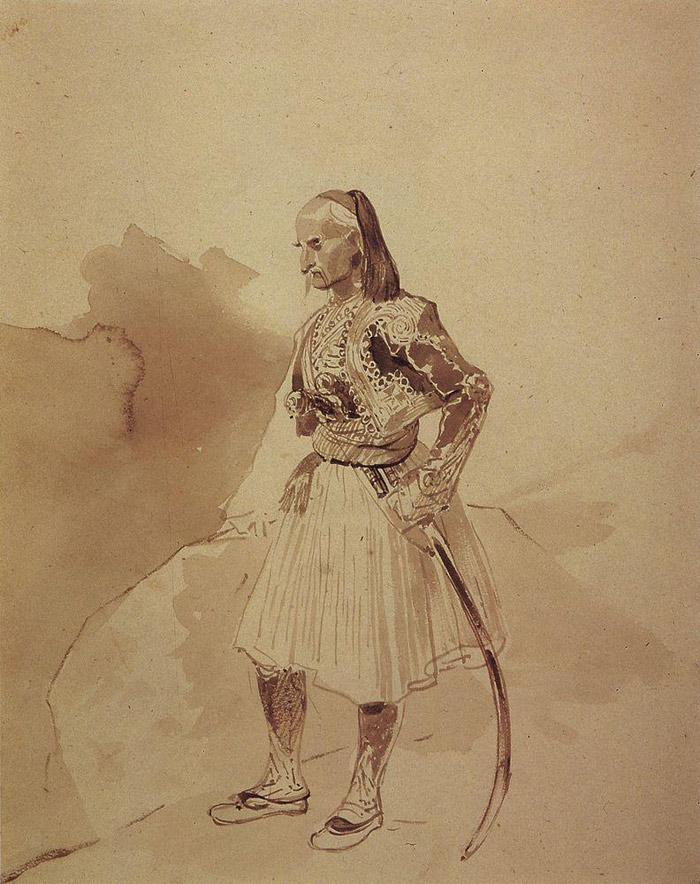
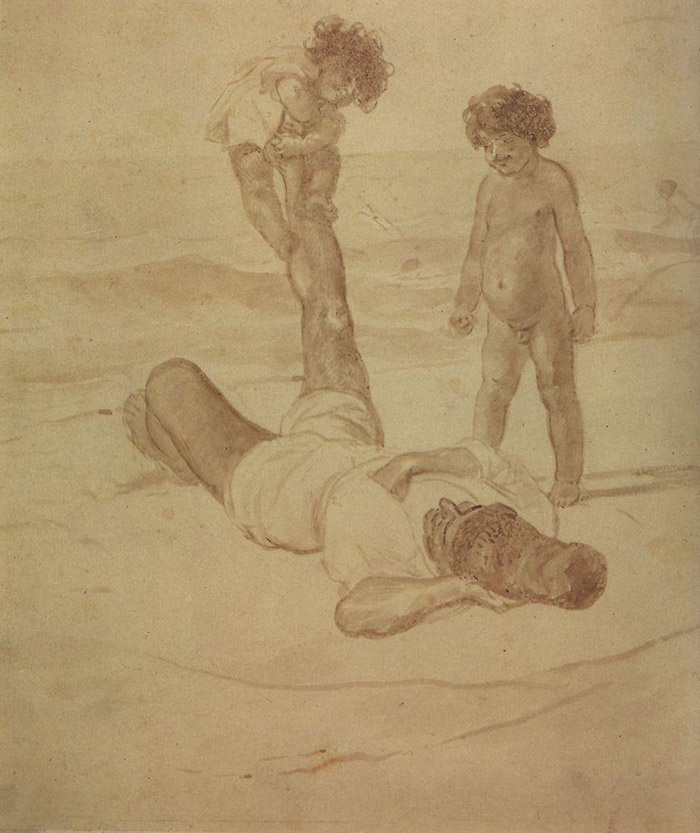
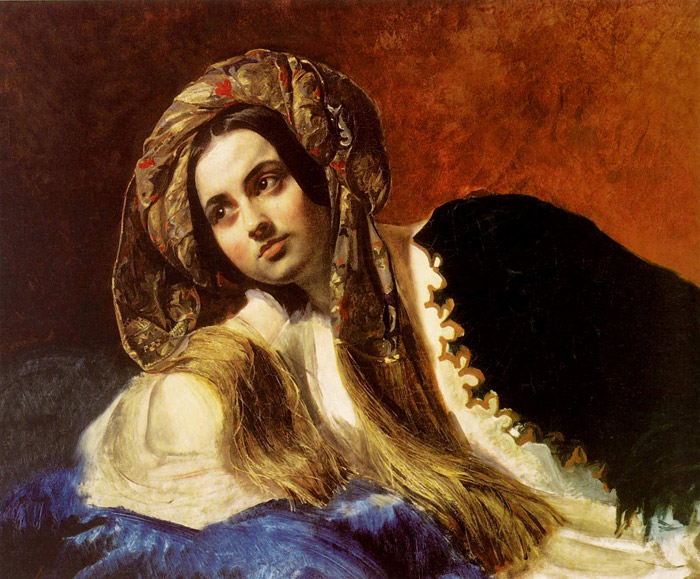

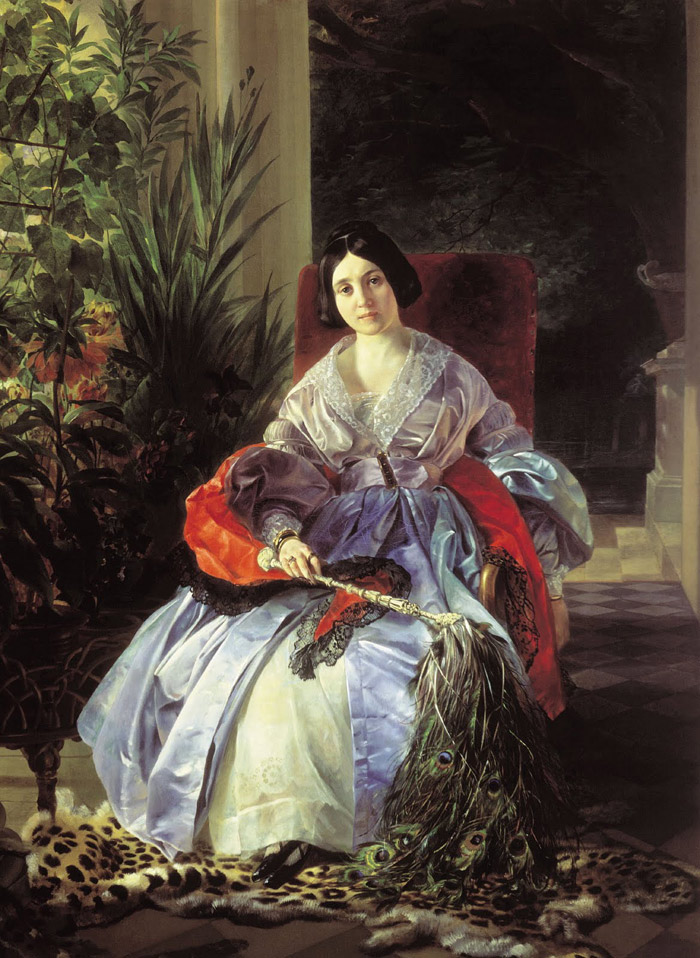
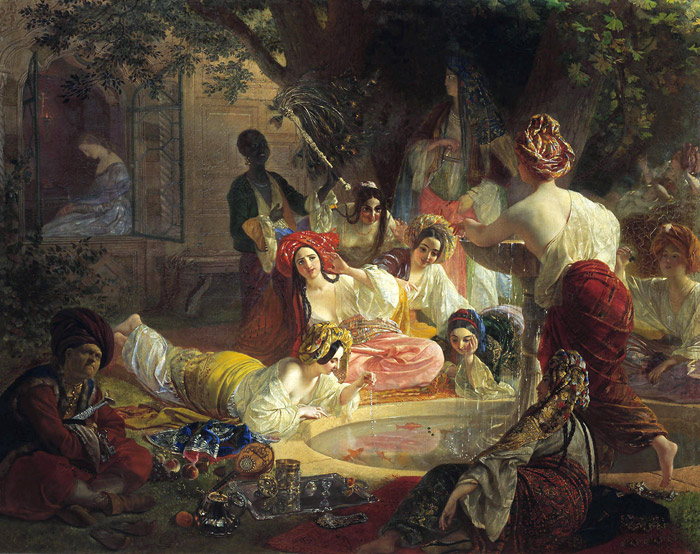
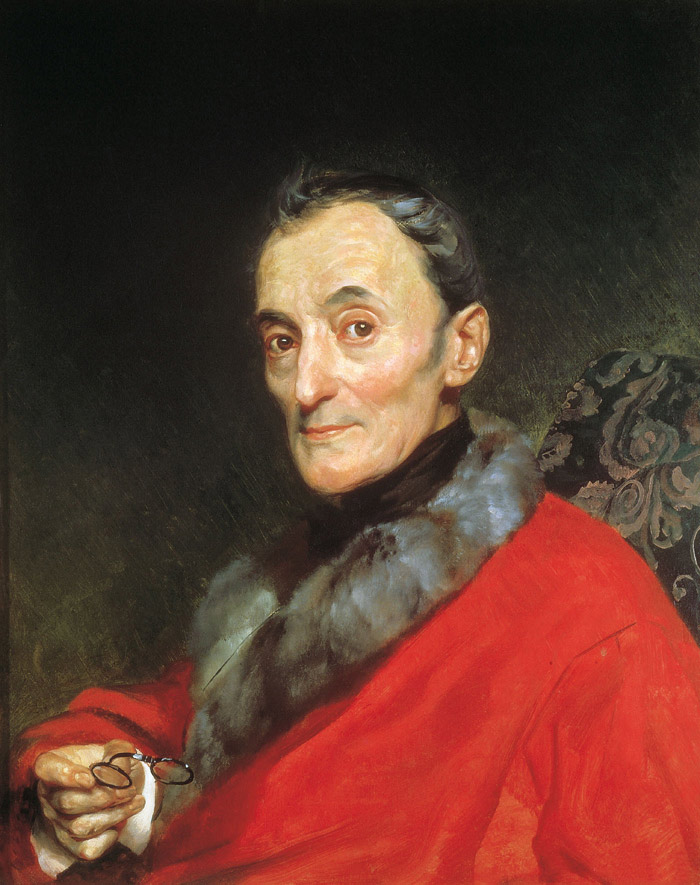
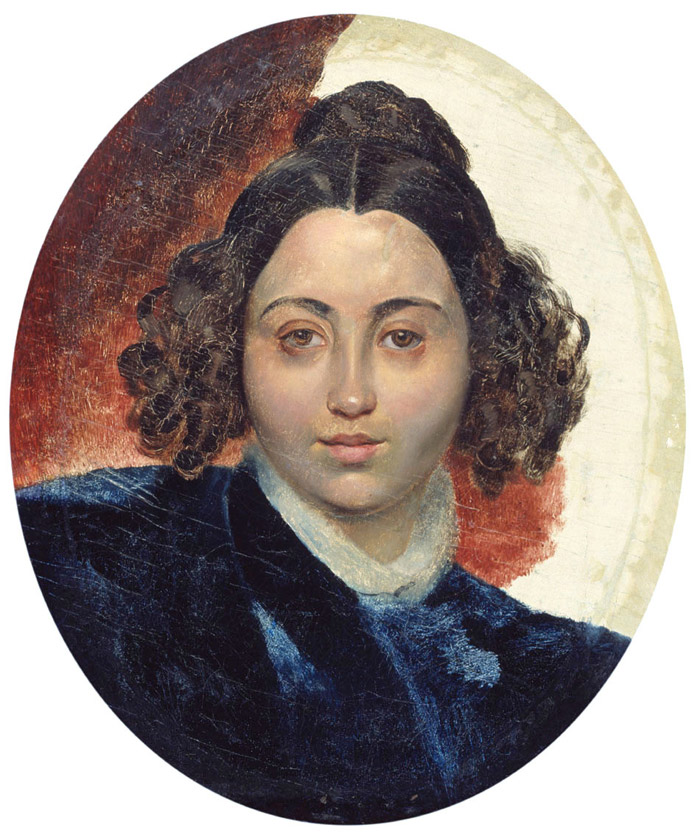
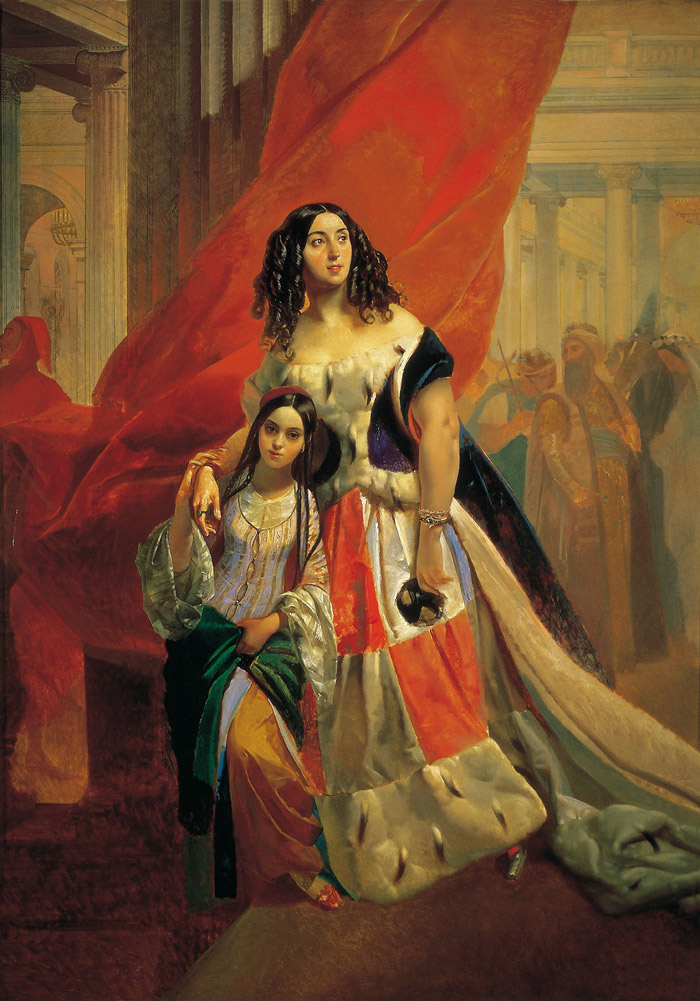

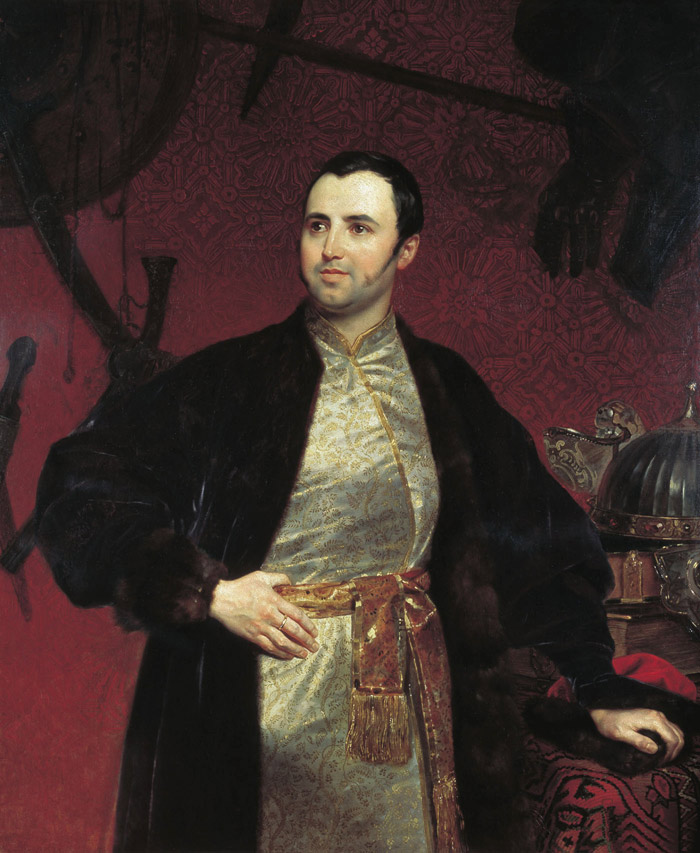
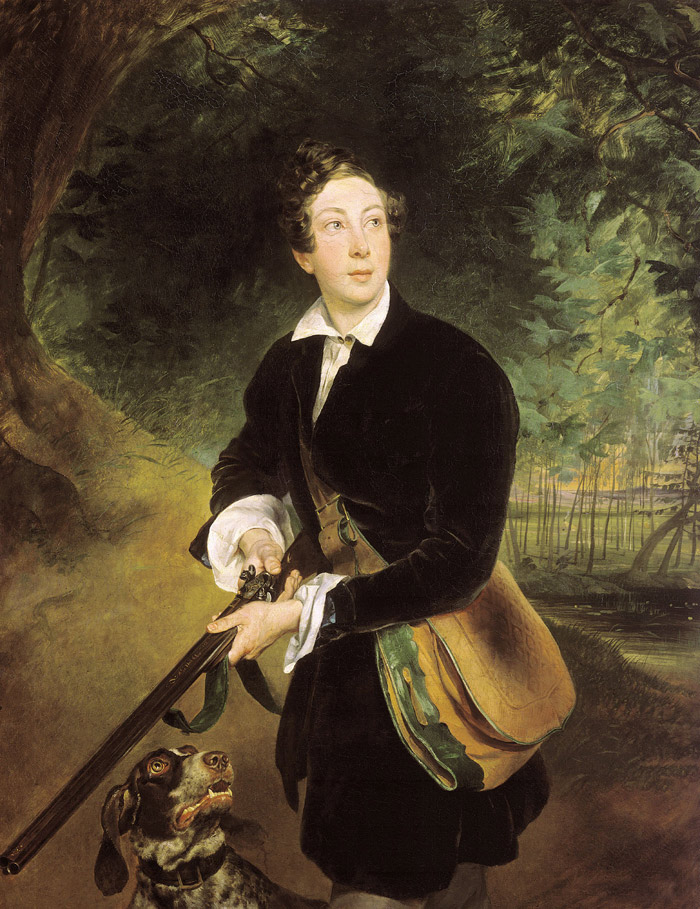
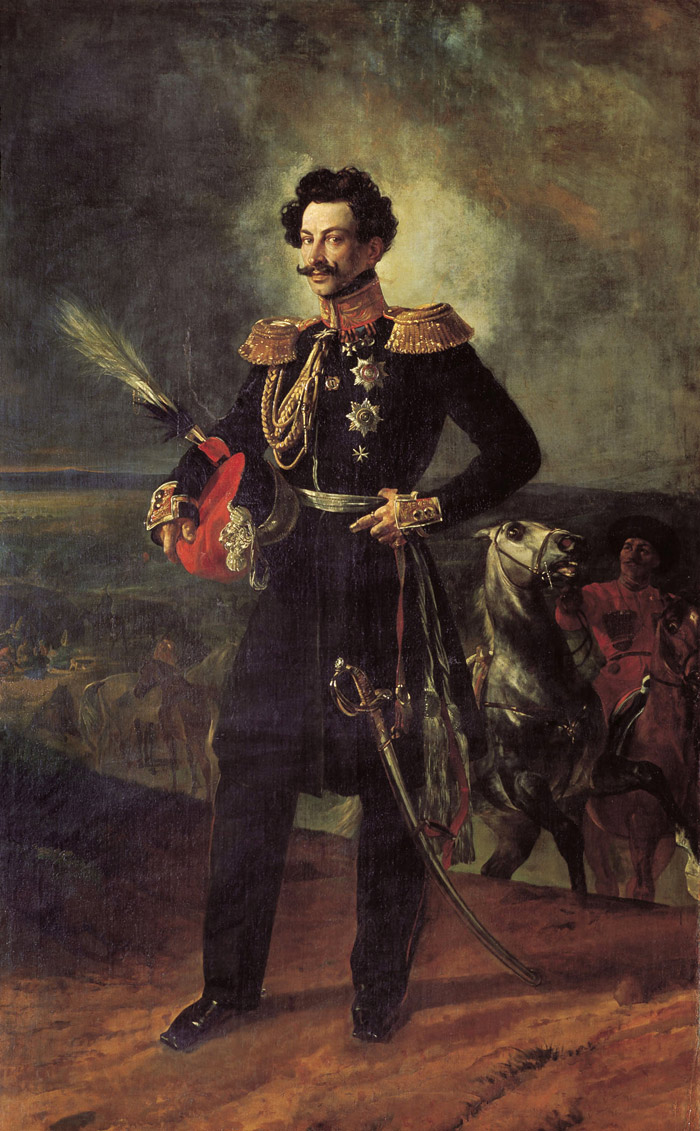

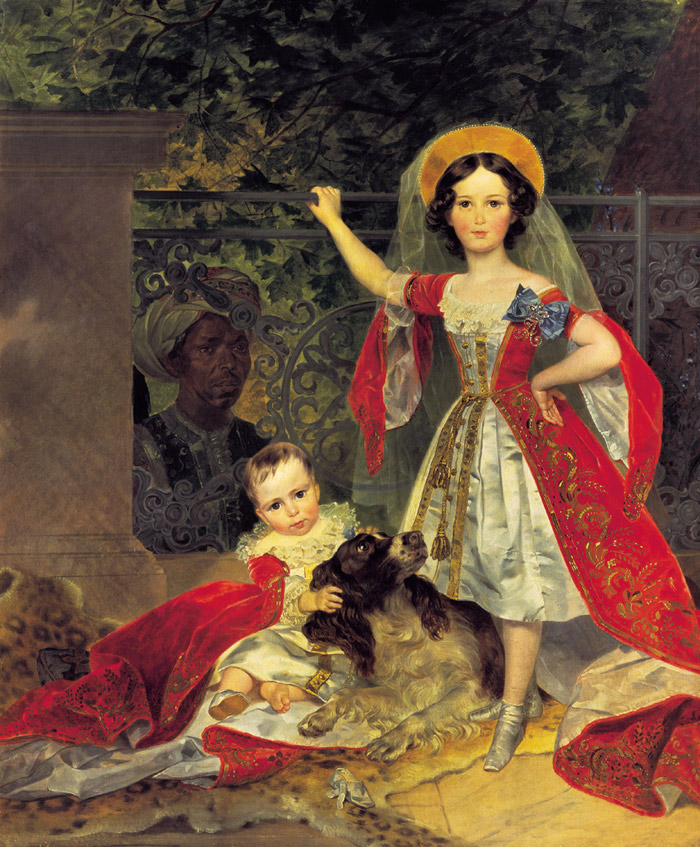
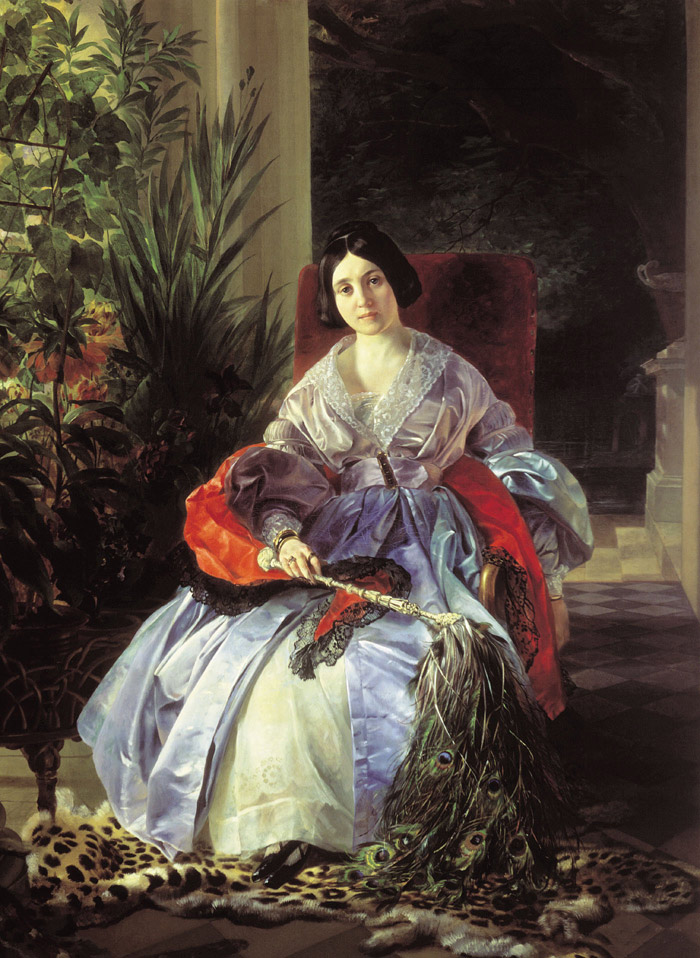

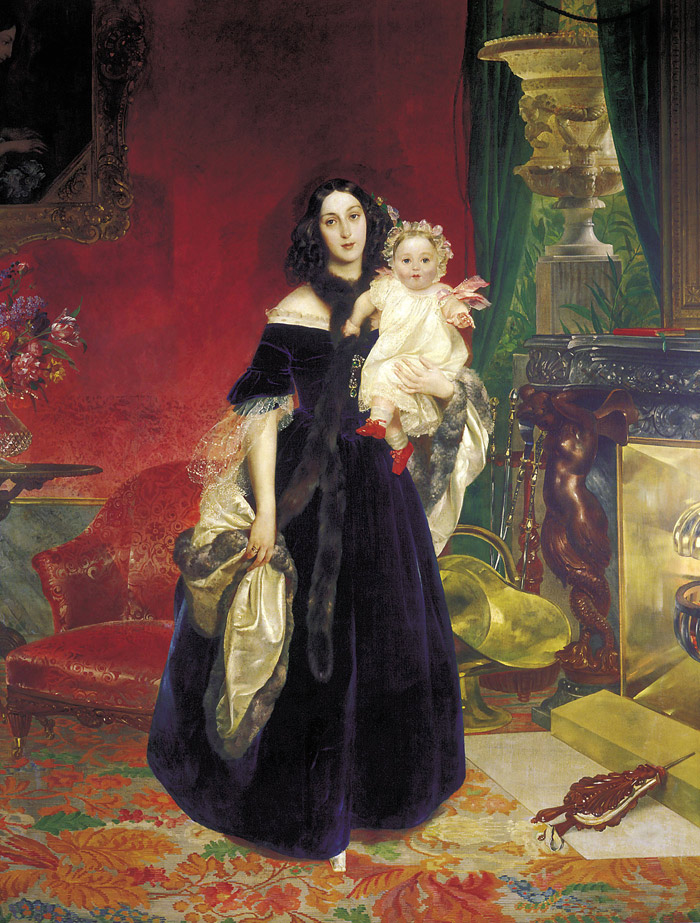
Enroll in the Drawing Academy Course
Pay once - Enjoy forever!
Only $297

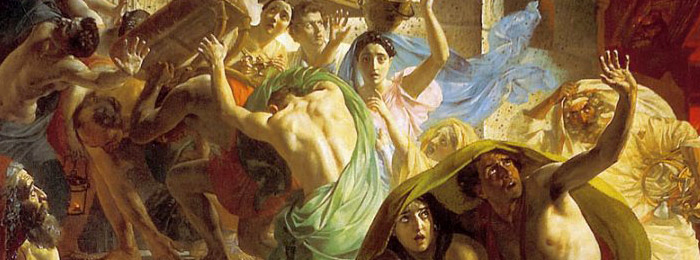
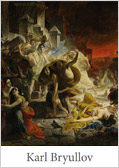





Thanks for sharing this article on Karl Bryullov – Russian Romantic School Painter. I enjoyed reading about him and his art journey and viewing his works above.
Regards
SIlvano
Simply amazing.
So interesting . I love the paintings, romantic, colourful, realistic, compelling. Very interested in the famous painting, The Last day’s of Pompeii. Have studied quite a bit about the eruption of Vesuvius. I did not know of this painting. The screaming horse did it for me, the horror of the event. I think Bryullov has captured this perfectly. Thank you for sharing this information about this talented painter, had not heard of him before.
Incredibly! It is simply amazing how Karl Bryullov achieved such lightness and flutter: in color, facial expressions and, finally, in the various structures of persons and objects he presented.
Thanks for his album and his biography!
Best regards!
Tatjana